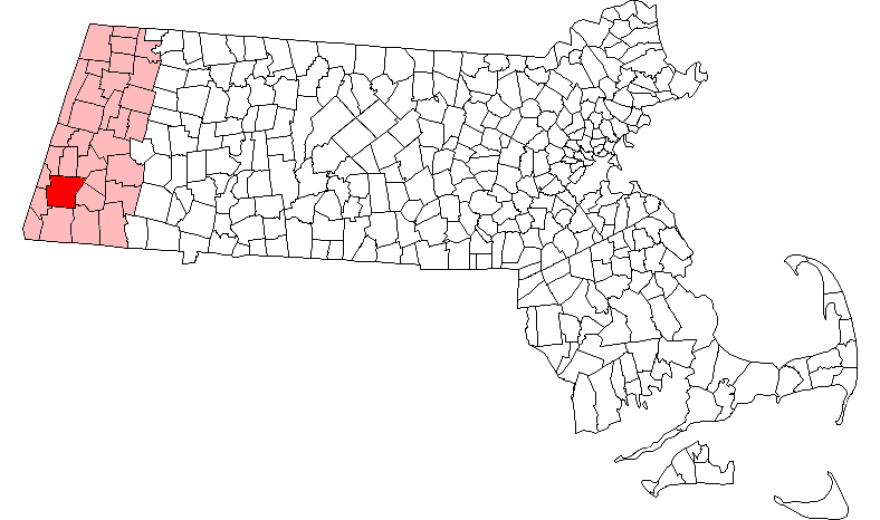The Berkshire Hills Regional School District will employ a new taxpayer funding method for its capital improvements.
At the annual town meeting, Stockbridge residents approved a new formula to determine how their taxes will fund Berkshire Hills Regional School District’s capital projects. Great Barrington and West Stockbridge, which the school district also serves, OKed the plan in January.
The new formula follows a disagreement between the three towns on how capital funds should be spent. All of the towns agree that money should go toward upgrading Monument Mountain Regional High School. But Great Barrington taxpayers pay the lion’s share of the district’s costs.
School superintendent Peter Dillon says the new formula will remove some of that financial responsibility.
“In this new approach, just for capital projects and just for future capital projects, the percentage will be determined not based on student enrollment but on equalized evaluation of each of the assessed values of the three communities,” Dillon says.
Basically, a town’s share has been dictated by the amount of students it has in the school district.
Great Barrington students make up about 70 percent of Berkshire Hills’ enrollment, while Stockbridge and West Stockbridge enroll about 15 percent each.
Bronly Boyd, a Stockbridge delegate to the Regional Assessment Amendment Committee, says the old formula created some of the tension between the towns.
“We are all contiguous, so we’re close,” Boyd says. “We all travel in each other’s towns and do things in it, each other’s towns.”
The town of Great Barrington has had to increase its operating budget up to 6 percent to keep up with the school district’s growing costs. There were up to 2 percent increases in West Stockbridge and Stockbridge, too.
“Because of the population of students, there is, there is a big difference between Great Barrington, Stockbridge and West Stockbridge,” Boyd says.
An aging population and overall declining enrollment numbers are also to blame.
“Not as many children and families moving into Stockbridge and to some extent West Stockbridge as well,” Boyd says.
The new formula is based on property value.
Approval in Stockbridge doubles the town's share of capital projects. That's because property there has a higher value. Great Barrington’s share drops to about 52 percent. West Stockbridge’s input stays the same.
School District Chairman Stephen Bannon says regardless of who’s paying for it, the district is going to have to upgrade Monument Mountain Regional High School one way or the other.
“Whether we want to do a new school, a renovation,” Bannon says. “Whether we want to apply for state funding again. Whether we want to do it by borrowing.”
The district’s newest schools are roughly 10 years old, and will be in need of minor improvements, too, according to Bannon.
The rooves are leaking. Electrical, safety and accessibility upgrades are also needed. The boilers will need to be replaced.
“We can do upgrades that don’t affect education, but why would we want to?” Bannon says. “For instance, our science labs are undersized – they need to be increased in size. So why would we want to put a lot of money into it without increasing the educational ability of the school also?”
It would cost roughly $50 million to renovate Monument Mountain Regional High School. The state had offered in the past to pay about half. But...
“The process to get state funds to renovate or build a new high school is rather orneriest and since the towns – Great Barrington specifically – voted it down twice, first we have to get into queue to get into the process. And that will be difficult to do,” Bannon says.
Superintendent Dillon explains the district’s plan of action.
“What I imagine will happen is sometime in the late summer or early fall the school committee will meet to talk about what we want to do going forward,” Dillon says. “We’d likely form another building committee to meet about it, to come up with plans, to talk to the community, and this whole process could take several years. But I think the hope was that the shift in the formula might lead us to or might be part of leading us to a more successful vote in the future.”
Any of the three towns can still vote a new capital construction project down, which would start the whole process over again.





